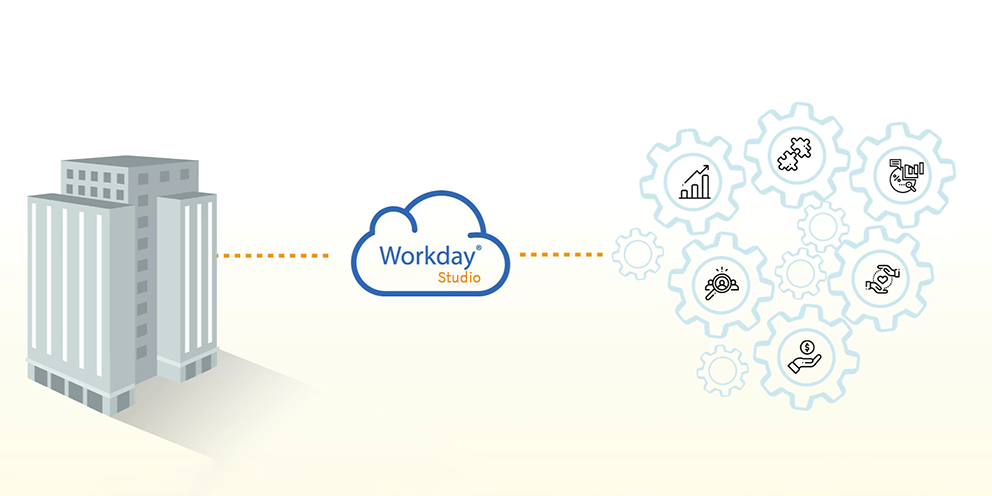About 10 years ago, I started a position as a report writer and analyst for a large HR department. In my first conversation with the senior HR analyst, I told her the first thing I wanted to do was to conduct an inventory of what reports were already available. She wished me luck in finding anything useful.
Her response puzzled me, but I soon learned what she meant. I found almost 400 reports. Few of them had names or descriptions that helped me understand what was in them. It took months to clean up the mess.
Report names matter, and without a published and enforced set of rules, you will, in time, have chaos. The effort required to resolve the problems may make you want to junk it all and start over.
There is an easier way. Report naming conventions should be a part of your organization’s data governance policy. Your data steward should review every report name and description for compliance.
If your organization doesn’t have a data governance team or function, we recommend you get started on it right away. Your organization may have good governance in place by another name. Start a conversation with your CIO to learn how it works in your business.
Data Governance
According to the Data Governance Institute, data governance is the exercise of decision-making and authority for data-related matters. It defines who has authority to do what with data in the organization. It governs how you carry out the decisions your management team makes about your company’s information.
What data governance means to your organization depends on the nature of your business. Although the framework for an organization may be the same as for another business or industry, the focus could be different.
To get started, we recommend that you connect with the Data Governance Institute and download the DGI Data Governance Framework, or contact us to talk about your needs.
Report Naming Conventions
If your organization does not have report name conventions, we have a few tips to get you started. The standards here are based on our experience. This is our second update since we first published them in June 2016.
Note: This guide assumes you have completed Advanced Reporting Author Training and have read and kept a copy of the SumTotal Advanced Reporting Best Practices Guide.
- Create a naming taxonomy. You could use an organization taxonomy, an information type taxonomy, or both. You may choose a hybrid of, for example, organizations and functions. What matters is that you have a structure that works for you and that your users to run their own reports will understand.
- If you need to include department or location in a report name, you may want to use them at the beginning of the name so reports will be grouped together.
- Use plain language that a new employee will understand. Use abbreviations only if they are common acronyms that everyone understands.
- We recommend using spaces or underscore (_) between words. Camel case works fine, but it's hard to read (ThisIsCamelCase).
- Use specific report names that give a clear idea of what is in the report. “Completion Report” is not useful. “Safety Training Completion Report” is better.
- Do not use ampersands (&). Spell out “and.” Ampersands can create problems in HTML.
- Use hyphens only if a user would type them in a search. Searching “year end” will not return a name that contains “year-end.” Instead of using hyphens for separators try colons.
- For country and region codes, use ISO 3166 standards. The International Organization for Standards maintains both 2-letter and 3-letter codes.
- Identify temporary reports with a suffix and purge them when you have finished using them.
- Provide complete descriptions for every report. Don’t assume people will know what is in them.
- Decide how you will implement the guidelines. Train everyone who creates reports on the standards and give them reference guides.
- Follow up frequently at scheduled intervals. It might be a good idea to have your IT group or implementation partner help you design an audit report.
Following your guidelines will help people find the information they need. It will speed up report development because report writers can use what they already have as a starting point. And when it comes time to clean up the report lists, it will be much easier than having to open each report to see what is in it.
Pixentia is a full-service technology company dedicated to helping clients solve business problems, improve the capability of their people, and achieve better results.


.jpg)
